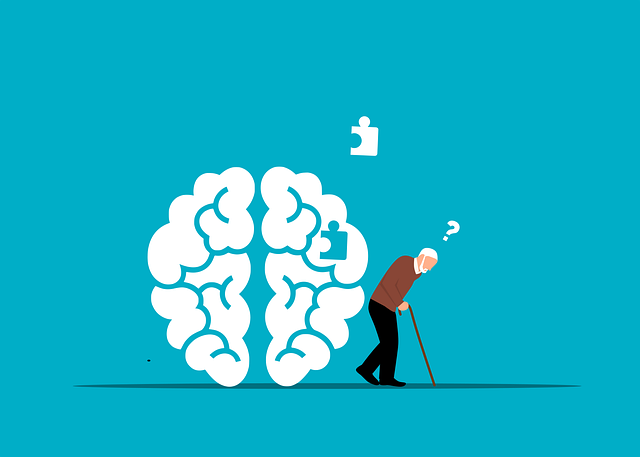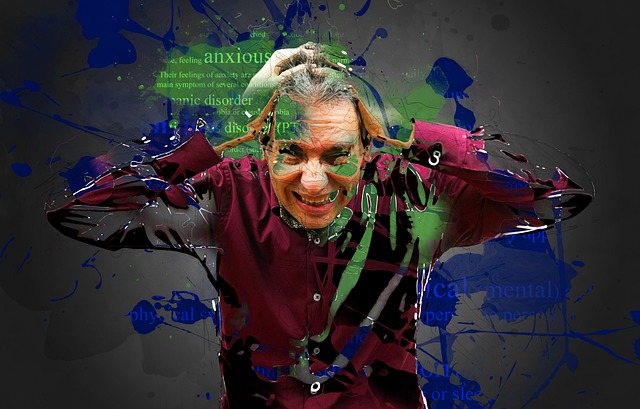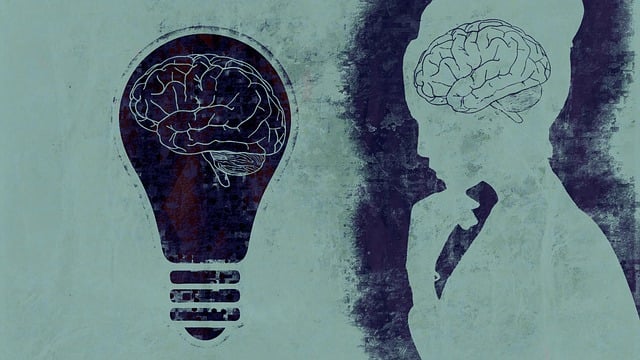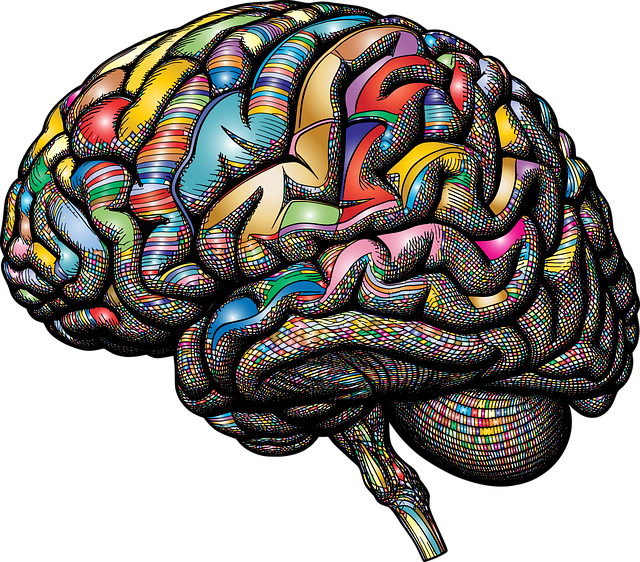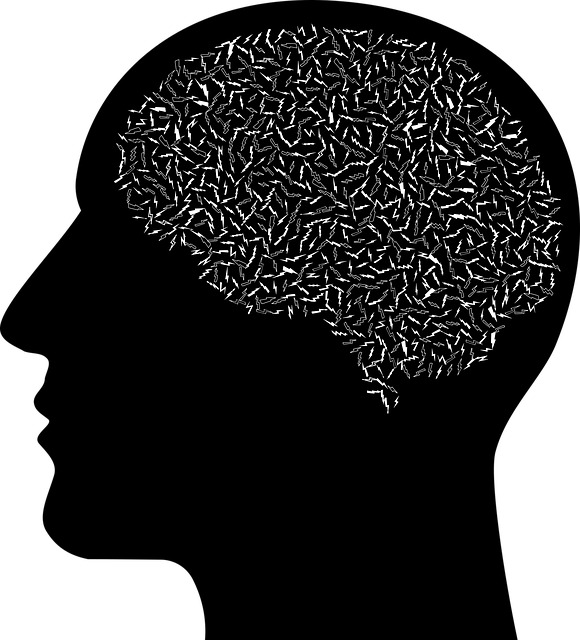Panic disorder and anxiety attacks are managed through cognitive-behavioral therapy (CBT), which addresses negative thought patterns, and exposure therapy, gradually exposing individuals to triggers. Self-care practices such as exercise, mindfulness meditation, and hobbies enhance mental wellness. Mental wellness coaching programs offer personalized guidance for building effective self-care routines tailored to these disorders. For comprehensive care, incorporate "therapy for adults with panic disorder and anxiety attacks" into a unique routine involving CBT, exposure therapy, and self-care strategies.
Mental wellness is paramount in today’s fast-paced world. For those grappling with panic disorder and anxiety attacks, establishing a robust self-care routine can be transformative. This article delves into understanding these conditions, symptoms, and causes, while offering practical guidance on building a personalized mental wellness routine. We explore effective therapy techniques tailored for adults with panic disorder and anxiety, emphasizing the importance of professional support in managing these challenging conditions effectively.
- Understanding Panic Disorder and Anxiety Attacks: Symptoms and Causes
- Building a Personalized Mental Wellness Self-Care Routine
- Incorporating Effective Therapy Techniques for Adults with Panic Disorder and Anxiety
Understanding Panic Disorder and Anxiety Attacks: Symptoms and Causes

Panic disorder and anxiety attacks are conditions that significantly impact an individual’s mental wellness. Recognizing their symptoms and causes is a crucial step in developing strategies for coping and therapy. During an anxiety attack, someone may experience intense fear or discomfort, often characterized by rapid heartbeat, sweating, trembling, shortness of breath, nausea, and feelings of dizziness or unreality. These episodes can be triggered by various factors, such as stressful life events, genetic predisposition, brain chemistry imbalances, or trauma.
Understanding the underlying causes is essential in seeking therapy for adults with panic disorder and anxiety attacks. Professional help through psychological therapies like cognitive-behavioral therapy (CBT) has proven effective in managing these conditions. CBT aids individuals in identifying and changing unhelpful thought patterns and behaviors contributing to anxiety. Additionally, building confidence through self-care practices, such as regular exercise, mindfulness meditation, and engaging in hobbies, can significantly improve mental wellness and resilience against panic attacks. Public awareness campaigns development and engaging in a mental wellness podcast series production can also contribute to increased understanding and support for those dealing with these disorders.
Building a Personalized Mental Wellness Self-Care Routine

Building a personalized mental wellness self-care routine is a powerful tool for managing anxiety and panic disorders. It’s about creating a set of practices tailored to your unique needs, rather than following a one-size-fits-all approach. Start by identifying what helps you feel calm and centered. For some, this could be mindfulness meditation, deep breathing exercises, or engaging in creative pursuits. Others might find solace in regular physical activity, spending time in nature, or practicing gratitude through journaling.
Consider incorporating therapy for adults with panic disorder and anxiety attacks into your routine. Techniques like cognitive-behavioral therapy (CBT) can offer valuable tools for mood management and building resilience. Combine this with confidence-boosting activities such as setting small achievable goals and celebrating your successes to foster a sense of accomplishment and self-worth. Remember, a personalized mental wellness self-care routine is an ongoing process that requires reflection, adjustment, and patience.
Incorporating Effective Therapy Techniques for Adults with Panic Disorder and Anxiety

For adults grappling with panic disorder and anxiety attacks, incorporating effective therapy techniques into a self-care routine can be transformative. Cognitive Behavioral Therapy (CBT) stands out as a powerful tool, helping individuals identify and challenge negative thought patterns that contribute to fear and panic. By learning to replace these thoughts with more balanced perspectives, CBT empowers people to manage their symptoms effectively. Exposure therapy is another valuable technique, gradually exposing individuals to anxiety-provoking situations in a safe setting to reduce their response over time.
Integrating these evidence-based practices into a comprehensive self-care routine can significantly enhance mental health awareness and resilience. Self-care strategies like regular exercise, mindfulness meditation, and deep breathing exercises complement therapy by promoting relaxation and reducing stress levels. Mental wellness coaching programs designed specifically for individuals with panic disorder and anxiety attacks can also play a crucial role in developing an effective self-care routine, providing personalized guidance and support throughout the process.
Developing a personalized mental wellness self-care routine, tailored to address panic disorder and anxiety attacks, is a powerful tool for managing symptoms. By combining understanding with effective therapy techniques, adults suffering from these conditions can reclaim their lives. Incorporating strategies such as mindfulness, cognitive behavioral therapy (CBT), and regular exercise can significantly enhance overall well-being. Remember, seeking professional help for therapy specifically designed for panic disorder and anxiety attacks is a crucial step towards lasting mental health improvement.

